Fluid Mechanics Important Terms & Equations
1/16
There's no tags or description
Looks like no tags are added yet.
Name | Mastery | Learn | Test | Matching | Spaced |
|---|
No study sessions yet.
17 Terms
Head Loss
the reduction in a fluid's total energy (or pressure) as it flows through a system due to friction and turbulence
Minor Losses
losses that occur in pipelines due to bends, elbows, joints, valves, etc.
Darcy’s Equation
to calculate head loss due to flow
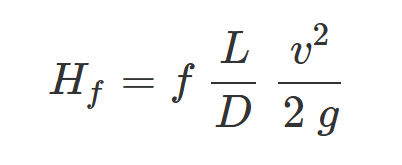
Hydraulic Radius
ratio of fluid conduit cross-sectional area of flow to its wetted perimeter

Bernoulli Equation
derived from the conservation of energy for a moving fluid
principle states that an increase in the speed of a fluid occurs simultaneously with a decrease in pressure or a decrease in the fluid's potential energy
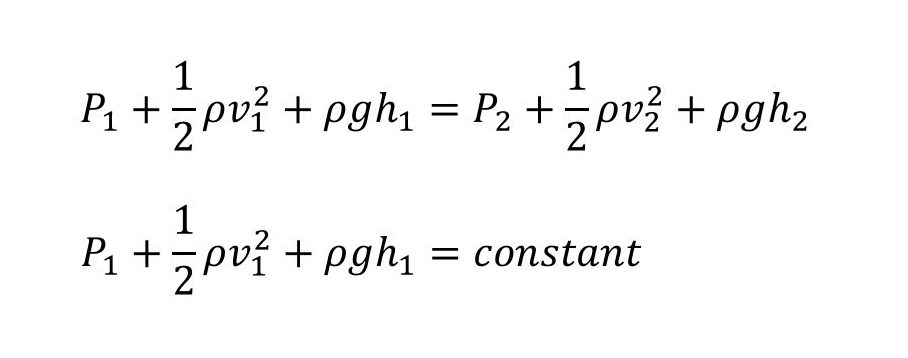
Continuity equation

Manning’s Equation
formula used to estimate the flow of water in an open channel, such as a stream or partially filled pipe
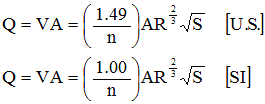
Surface Tension
Force / Length
Absolute Pressure
Atmospheric + Gauge
OR
Atmospheric - Vacuum
Manometer
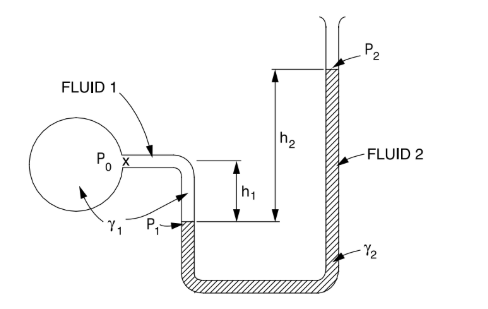
Barometer
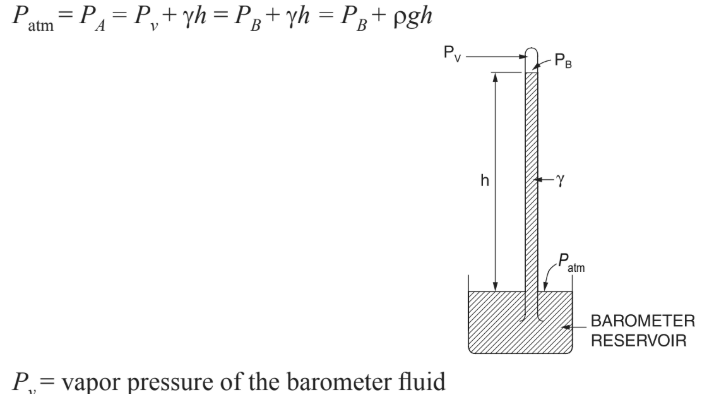
measures ATMOSPHERIC pressure
Energy Equation

Reynolds Number (Newtonian Fluid)
Laminar (<2,100), Turbulent (>10,000)

Hazen-Williams Equation
Used to calculate head loss due to friction in pipes

Force exerted by bend on fluid


Venturi Meter
Used to measure the flow rate of a fluid (liquid or gas) in a pipe by converting pressure energy into velocity energy. It works by creating a pressure difference between the main pipe and a narrowed section called the throat, where fluid velocity increases and pressure decreases according to Bernoulli's principle
Venturi Effect
fluid's speed increases and pressure decreases as it flows through a constricted section of a pipe
